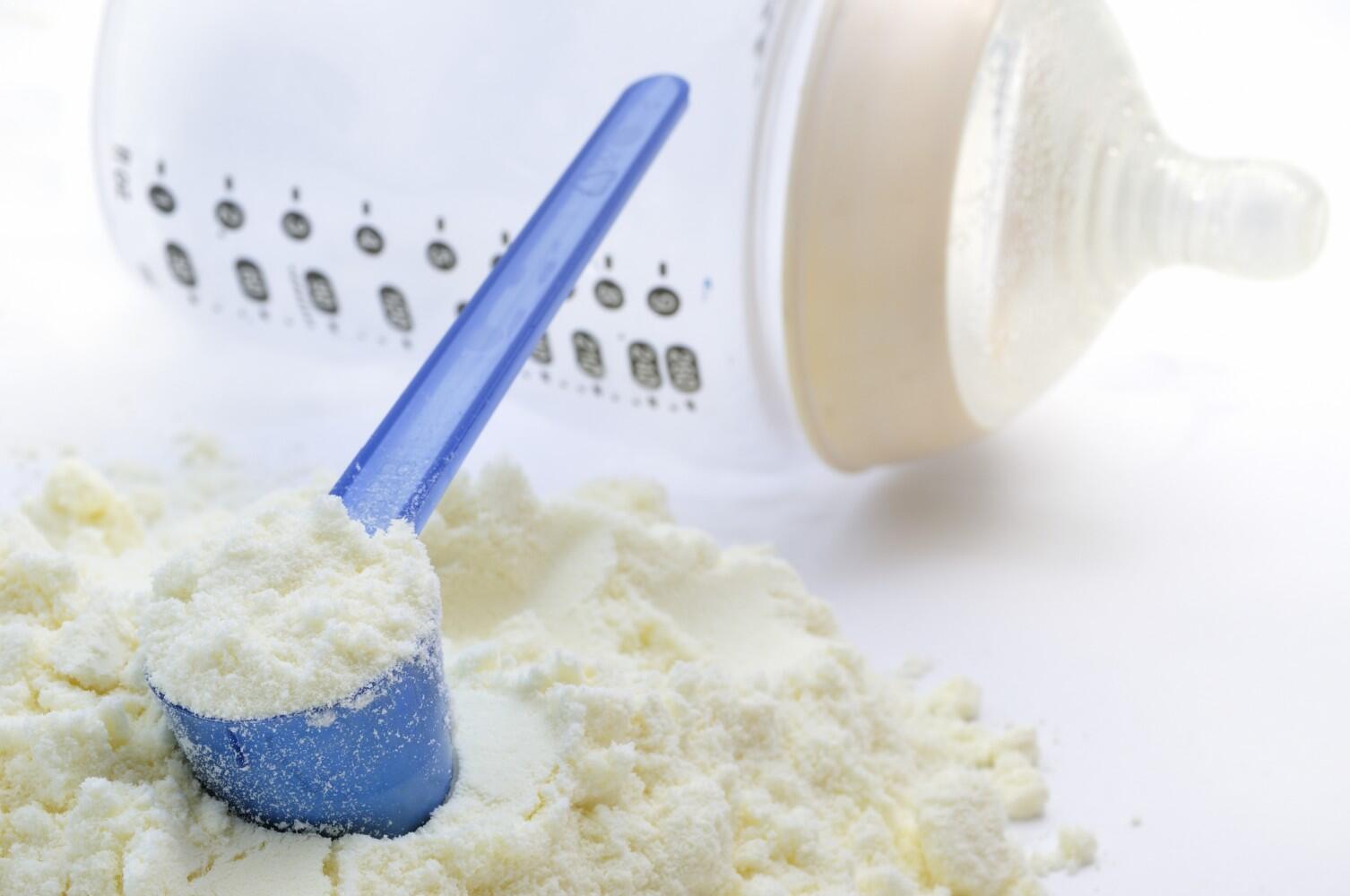Journal of Dairy Science articles focus on infant formula shortage

URBANA, Ill. – The U.S. shortage of both liquid and powdered infant formula that has created struggles for parents seeking supplies highlights the critical need for improved detection methods aimed at preventing formula shortages. In response, the Journal of Dairy Science has created a collection of articles that explores detection and control of bacteria that contributed to supply disruption.
Multiple factors have played a role in the current situation, but the shortage is in part related to Cronobacter sakazakii, says Michael Miller, professor of food science and human nutrition at the University of Illinois.
“One commercial facility has been linked to an outbreak of C. sakazakii in powdered infant formula, which shut the facility down. Once one facility was offline, there wasn’t enough capacity in the U.S. industry to compensate. The lack of resiliency in food systems is a problem when something catastrophic happens, such as a pandemic, outbreak, massive hurricane, or war,” Miller says.
Miller compiled the collection of articles, which are available online at https://www.journalofdairyscience.org/infant-formula. Most are centered on improved detection methods, important to the current situation. These articles focus on methods to quickly and accurately measure C. sakazakii in powdered infant formula samples and explore ways to counter C. sakazakii through the use of silver nanoparticles, tea polyphenols, radio frequency dielectric heating, and carbon dioxide. These methods show promise in reducing or destroying C. sakazakii, which may ultimately offer a solution to responding to and preventing the spread of outbreaks in infant formula and getting formula back on store shelves.
This story is adapted from a Journal of Dairy Science media release.